
Explained: Why BMW Motorrad Made The G 310 RR
- Jul 18, 2022
- Views : 8050

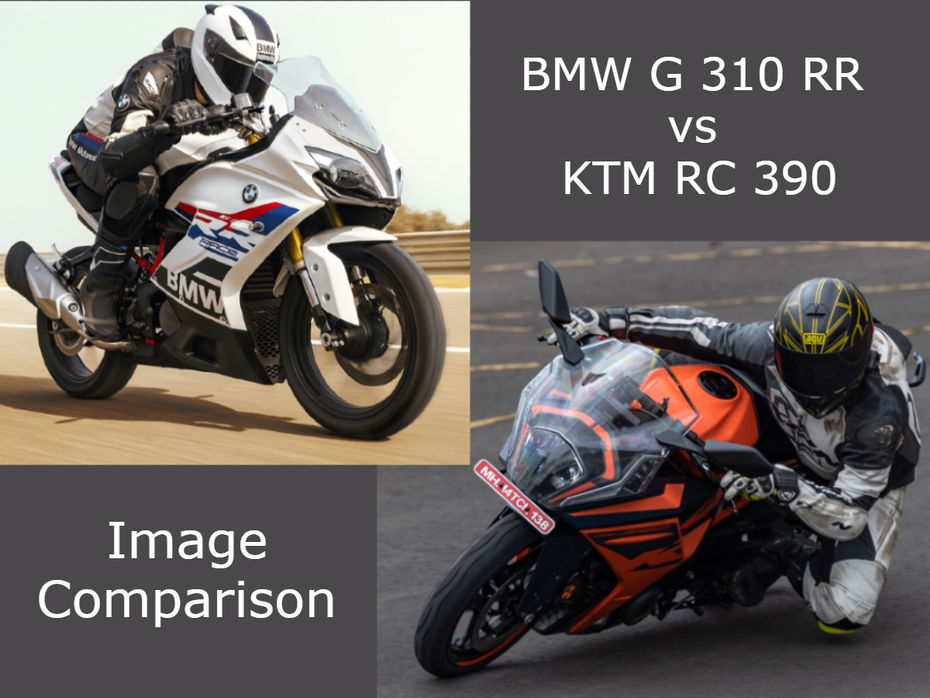
The sub-400cc supersport segment in India has seen a lot of updates over the past couple of months. We saw the arrival of the updated KTM RC 390 and Kawasaki Ninja 400, and now BMW Motorrad has joined the party by launching the G 310 RR. How does the new entry-level German supersport compare against its Austrian rival? Let’s find out through an image comparison.
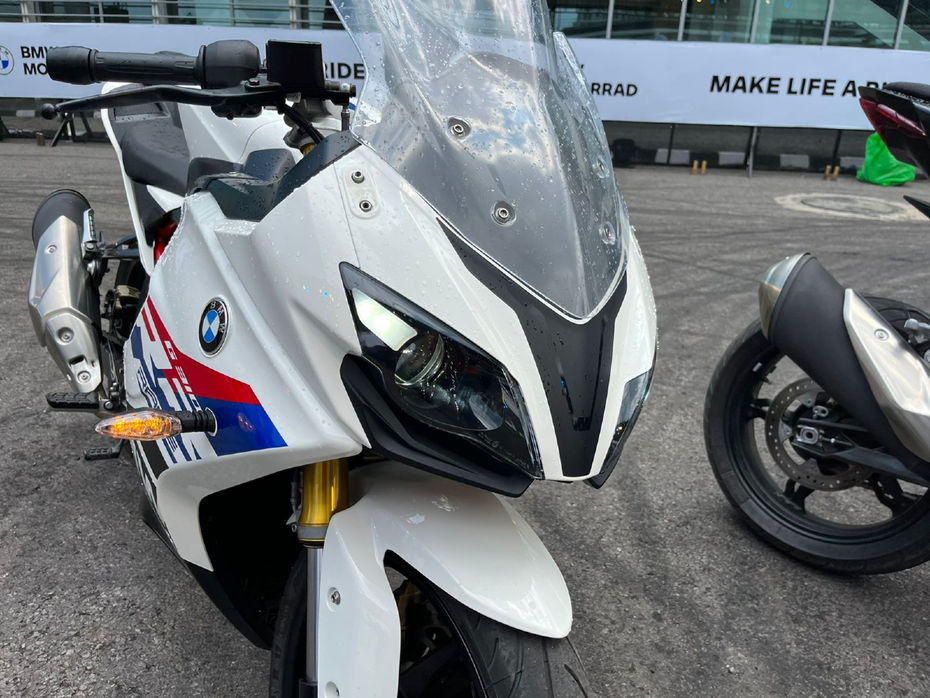
The design language of both bikes are completely different, with the BMW G 310 RR featuring a sharp face housing aggressive twin LED projector headlights. This edgy look extends into the side panels, further complemented by a muscular fuel tank. The LED turn indicators are mounted on the lower front profile of the side panels.
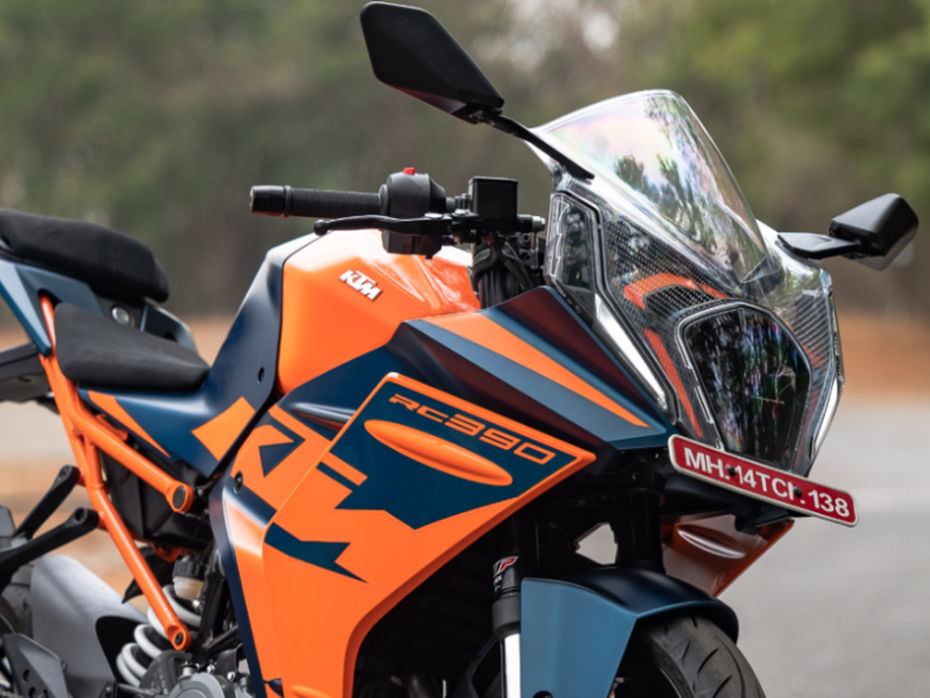
The RC 390, on the other hand, showcases a more rounded design language, with a large rounded front section coupled with simple curved side panels. The new headlight design resembles the current design on all KTM bikes. The tank too is more rounded, which blends well with the overall look of the bike. The front LED turn indicators are fused with the DRLs that extend through the perimeter of the fascia.
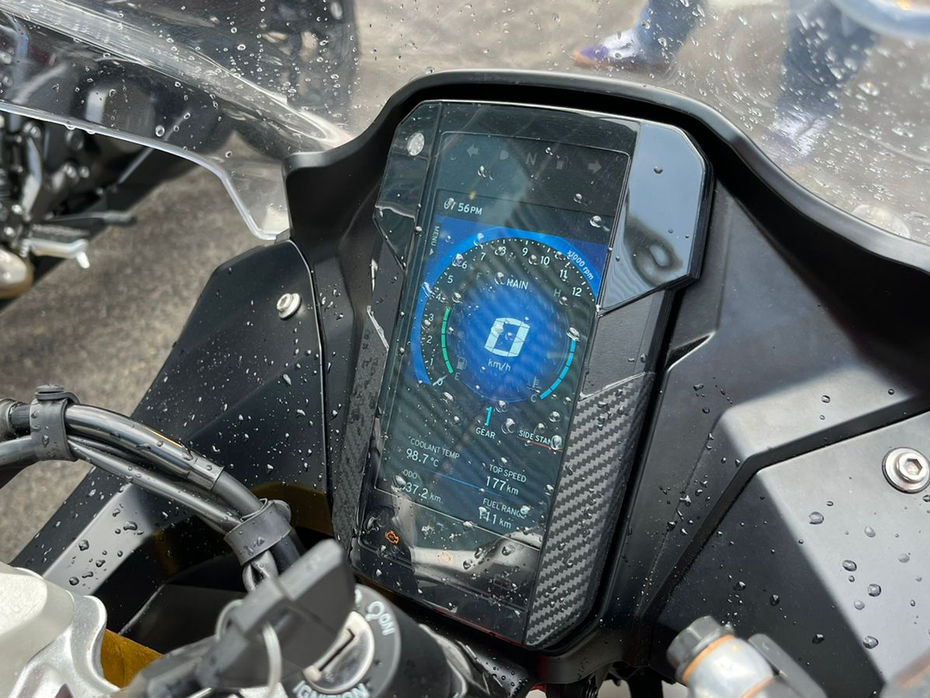
The BMW G 310 RR gets a 5-inch TFT instrument cluster that is vertically mounted, and is capable of displaying different interfaces based on the ride mode. It misses out on Bluetooth connectivity though.
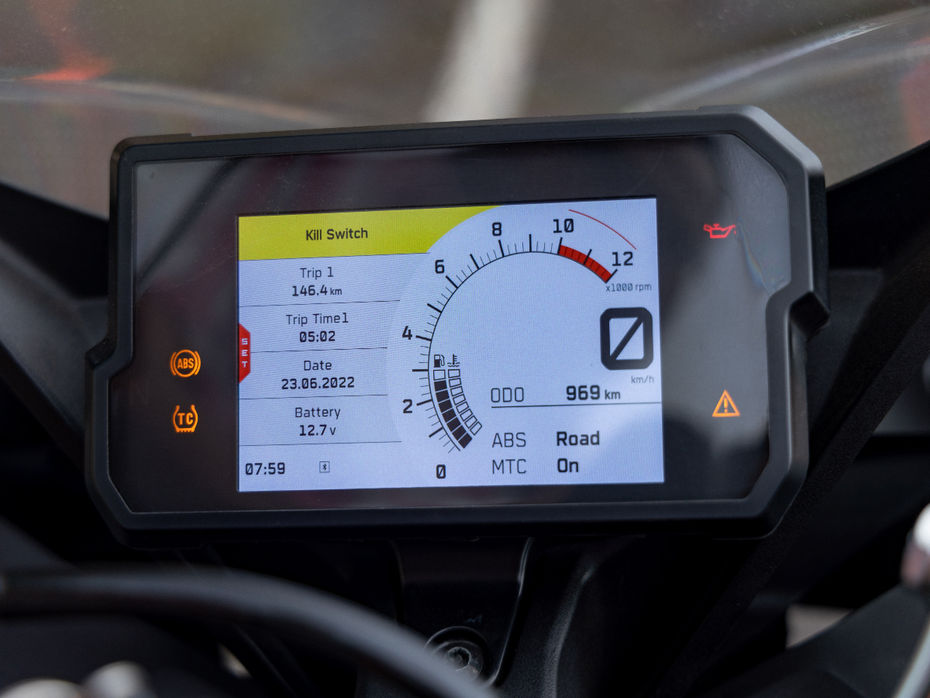
The RC 390 on the other hand gets a 7-inch TFT display with Bluetooth connectivity, that provides call alerts and music information.
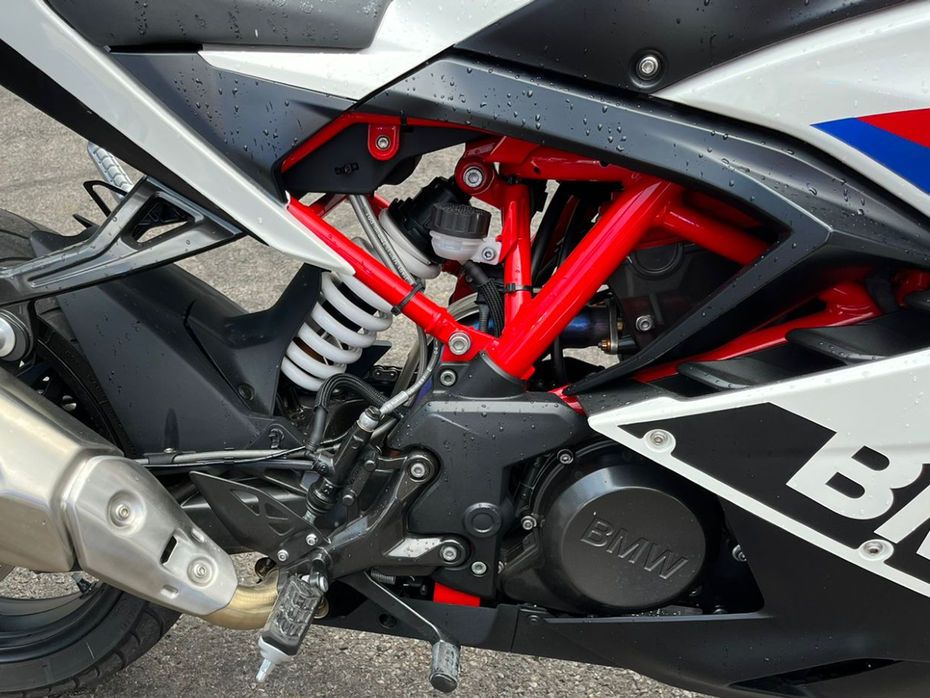
The G 310 RR is powered by a 312.3cc, liquid-cooled, single cylinder engine – developing 34PS and 27Nm in Sport and Track mode; and 25.8PS and 25Nm in Urban and Rain mode – mated to a six-speed gearbox with a slipper clutch.
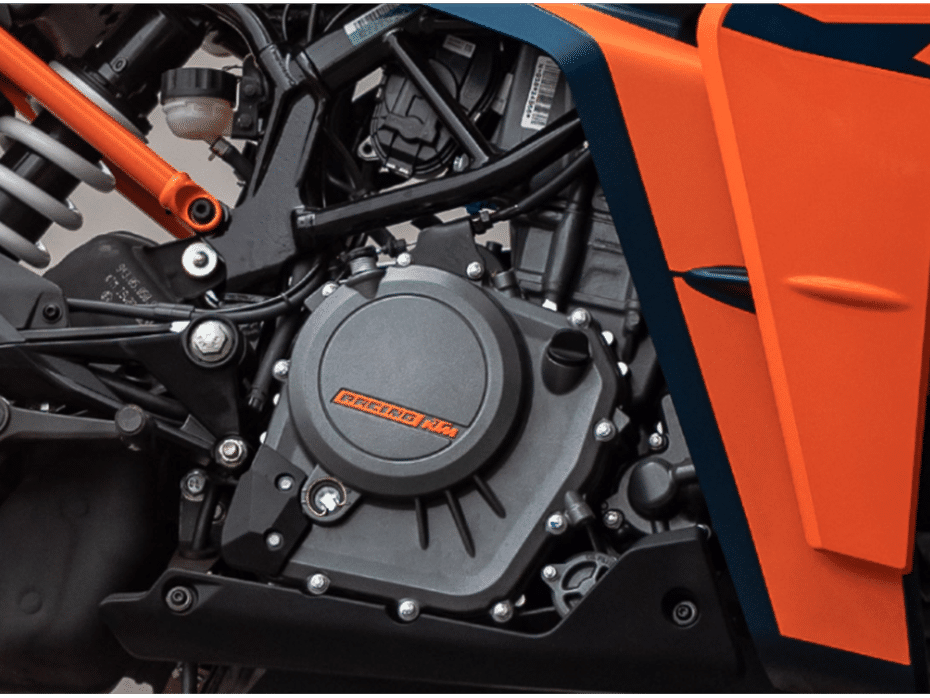
The RC 390 is propelled by a comparatively larger 373cc, liquid-cooled, single cylinder engine making 43.5PS and 37Nm, also mated to a six-speed gearbox with a slipper clutch. However, this bike misses out on ride modes.
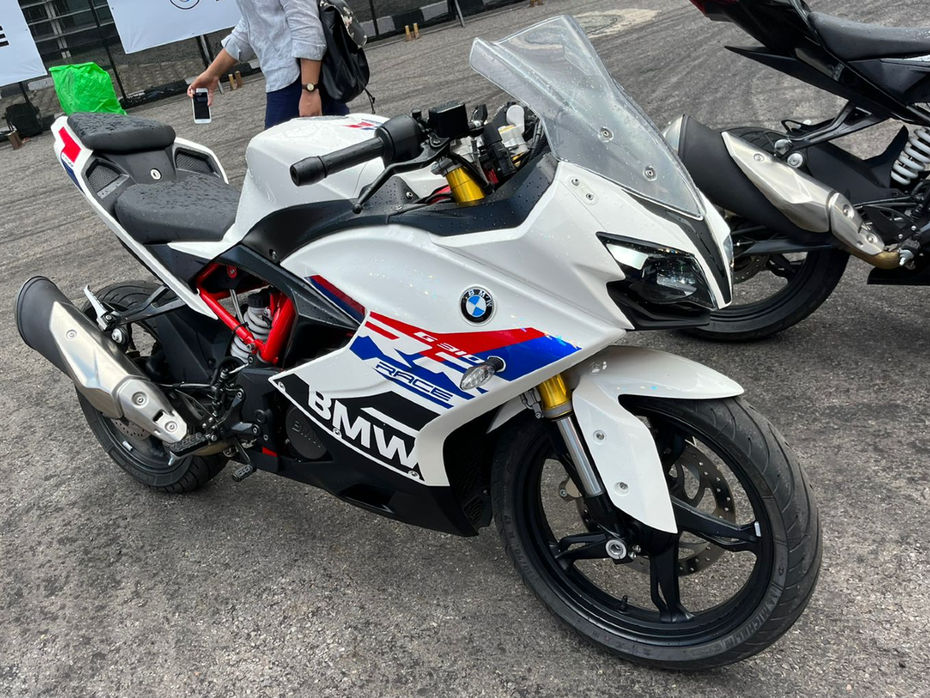
Underpinnings on the G 310 RR include a 41mm upside-down fork along with a pre-load-adjustable monoshock.
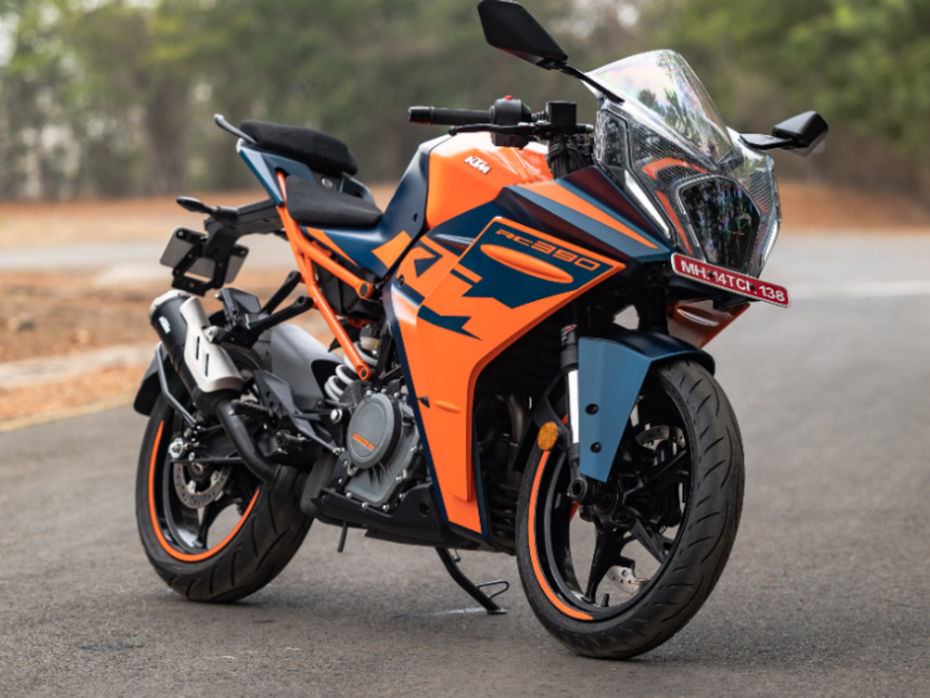
The RC 390 gets a 43mm WP Apex inverted fork and a single-piston WP monoshock with five-step pre-load and rebound adjustability. Both bikes miss out on adjustable front suspension.
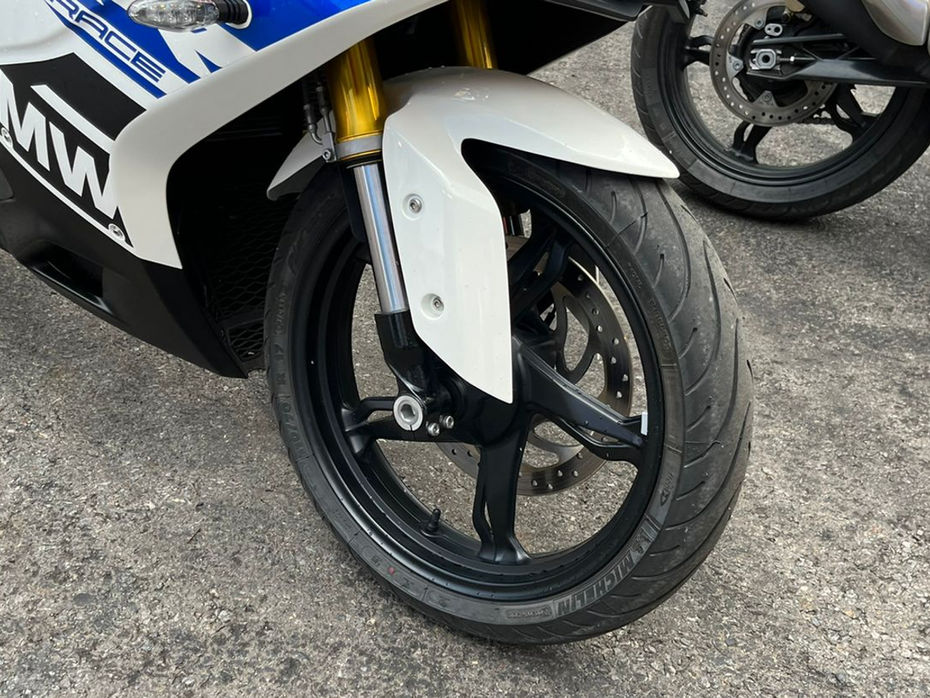
Braking duties on the BMW G 310 RR are carried out by a 300mm front disc and a 240mm rear disc.

The RC 390 is anchored by 320mm and 230mm discs at the front and rear, equipped with ByBre calipers. Both bikes sit on 17-inch wheels wrapped with 110/70-section and 150/60-section tyres at the front and rear, respectively. The KTM gets Metzeler Sportec M5 rubber while the BMW is shod with Pirelli Pilot Streets.

The BMW G 310 RR tips the scales at 174kg. It also features a slightly smaller 12-litre fuel tank, when compared with the 13.7-litre fuel tank on the RC 390.
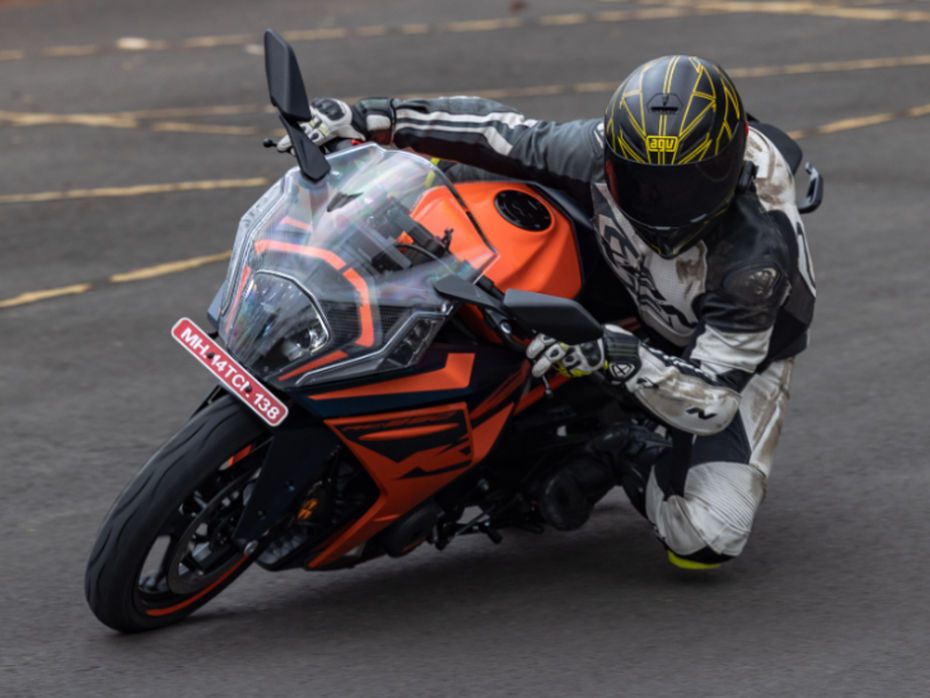
In comparison, KTM has worked on reducing the kerb weight of the new RC 390 and the motorcycle now weighs 172kg.
The KTM RC 390 is priced at Rs 3,13,922, while the BMW G 310 RR is priced between Rs 2,85,000 to Rs 2,99,000 (ex-showroom Delhi). While the BMW is feature-packed and is priced lower than its Austrian rival, it misses out on the brute power that is synonymous with the RC 390.
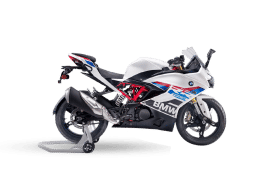

Explained: Why BMW Motorrad Made The G 310 RR

ZigFF: Upcoming BMW G 310 RR Details Revealed | Is It Any Different...

Why Did The G 310 RR Not Get Adjustable Suspension?

Your Weekly Dose Of Bike And Scooter News

Here Are 5 Key Differences Between The BMW G 310 RR And TVS Apache RR...

BREAKING: BMW’s First Small-capacity Supersport Debuts

BREAKING: BMW G 310 RR Leaked In Full Ahead Of Imminent Launch

BMW Motorrad's Answer To The KTM RC 390 Launches Tomorrow

The G 310 RR’s Latest Teaser Reveals Interesting Details
 TVS Apache RR 310
TVS Apache RR 310
 Kawasaki Ninja 300
Kawasaki Ninja 300
 Yamaha R3
Yamaha R3
 Yamaha MT-03
Yamaha MT-03
 KTM Duke 390
KTM Duke 390
India's largest automotive community
![BMW S 1000 RR[2022-2024] BMW S 1000 RR[2022-2024]](https://images.zigcdn.com/images/spacer.png) BMW S 1000 RR[2022-2024]
Rs. 20.75 Lakh
BMW S 1000 RR[2022-2024]
Rs. 20.75 Lakh
 BMW G 310 R
Rs. 2.90 Lakh
BMW G 310 R
Rs. 2.90 Lakh
 BMW G 310 GS
Rs. 3.30 Lakh
BMW G 310 GS
Rs. 3.30 Lakh
 BMW R 1250 GS
Rs. 20.55 Lakh
BMW R 1250 GS
Rs. 20.55 Lakh
 BMW M 1000 RR
Rs. 49.00 Lakh
BMW M 1000 RR
Rs. 49.00 Lakh